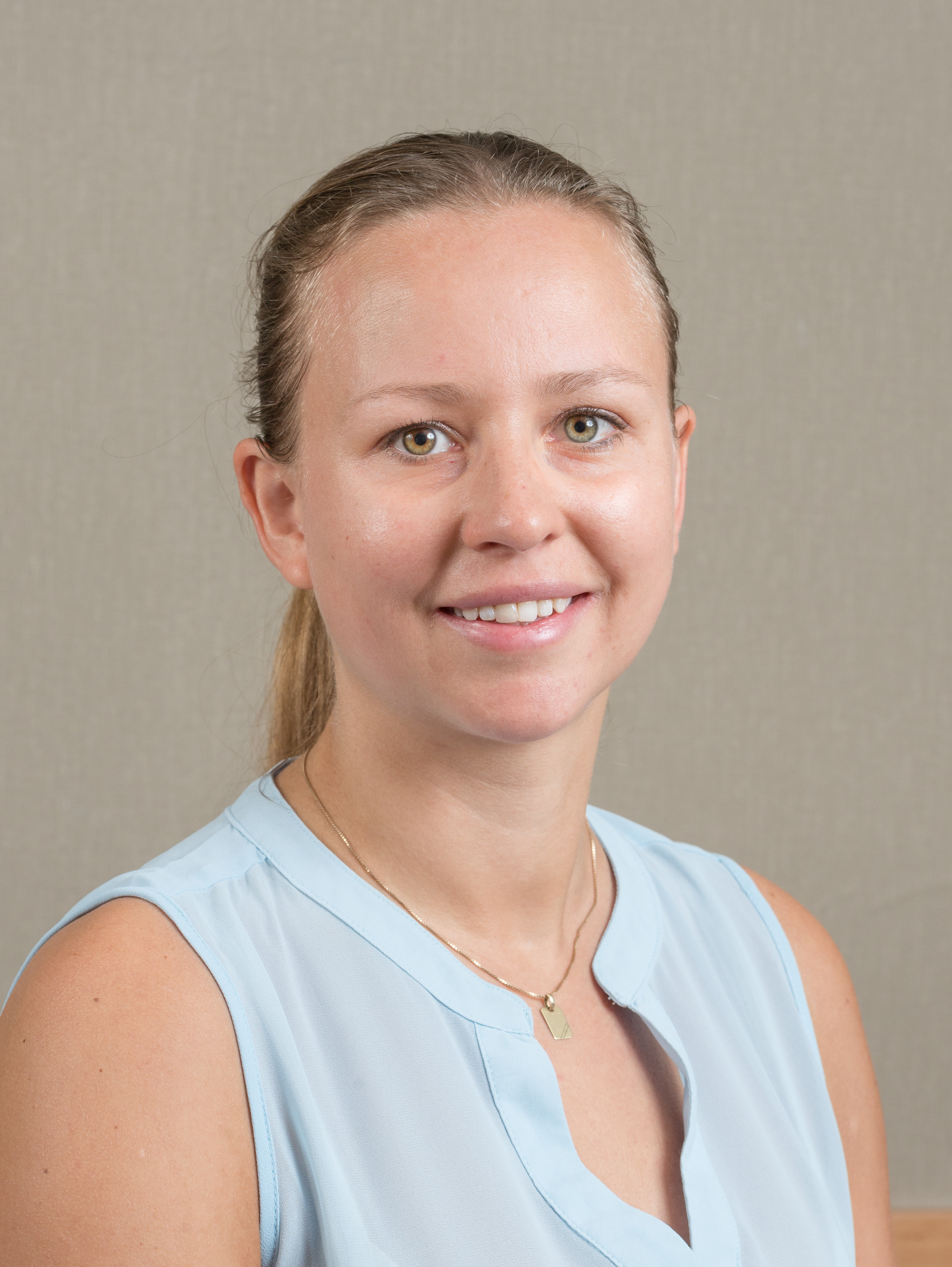 By Monika Ermert, eLance Journalist - It is increasingly difficult to accuse the Internet Engineering Task Force (IETF) of being an old boys’ club following Mirja Kuehlewind’s stepping up as Chair of the Internet Architecture Board (IAB) in today’s all-virtual plenary. 35-year-old Kuehlewind joins IETF Chair Alissa Cooper, making the top leadership of this standardisation body all-female.
By Monika Ermert, eLance Journalist - It is increasingly difficult to accuse the Internet Engineering Task Force (IETF) of being an old boys’ club following Mirja Kuehlewind’s stepping up as Chair of the Internet Architecture Board (IAB) in today’s all-virtual plenary. 35-year-old Kuehlewind joins IETF Chair Alissa Cooper, making the top leadership of this standardisation body all-female.
Kuehlewind has risen through the ranks of the engineering organisation at breakneck speed. IETF participants know her well as the working group chair in the difficult venture of making TCP more secure, as area director for transport and liaison of the Internet Engineering Steering Committee to the IAB and as a passionate supporter of the Spinbit in Quic.
Yet she only started at the IETF in 2010, then working on her thesis on congestion control in TCP. She decided that she wanted to work in the IETF full-time and secured a budget to travel to the IETF meetings through her research positions at both the University of Stuttgart and ETH Zurich.
In March 2019 Kuehlewind landed a position at Ericsson’s Research Lab in Herzogenrath, close to Aachen, Germany. Ericsson is one of the European companies that invests most heavily in the IETF (being one of only five multi-annual global hosts), and was supportive of Kuehlewind‘s IAB candidature.
Fresh look on the architecture?
Asked about her views on stepping up at such a tumultuous time, Kuehlewind maintains a calm posture. The corona pandemic presents logistical challenges for the IAB and the IETF, but should not impede standardisation work too much in the long run. Working remotely is routine for the IAB and IETF, she says, and financially there are no pressing problems for now. However, there have been calls to impose charges for remote participation for some time, and with the cancellation of the Vancouver face-to-face and possibly even the Madrid meeting in July, these discussions could accelerate.
Continuing the standards body’s work and working to “make the internet better”, according to Kuehlewind, was the best the organisation could do to share the burden of the current health crisis.
“A modern protocol” is also Kuehlewind’s take on Quic, the transport protocol that might in part succeed TCP. Quic will also be optimised for HTTP and will help speed up the many HTTP-based applications. What is more, Kuehlewind adds, Quic makes encrypted traffic flows a default.
Communicating standards
Kuehlewind describes the challenge of communication and representation of the standardisation work to the outside world. The focus and competency of a standards body is technical work, she says, but “in my opinion it is important for the IETF and its work to be open and to consider input from many actors. Sometimes this is difficult, because we lack a common language with people from outside. To address this is a special task for the IAB”.
She envisages ISOC as an interface to politics and the Internet Research Task Force as an interface to science for the IAB. She also raises the IRTF Human Rights Protocol Consideration Group as a good example of efforts to discuss the effects of standards on fundamental rights.
Discussions on the balance of interests are increasingly becoming part of the technical work, and to balance the interests of technical innovation on one side and the interests of the wider society on the other side remains a challenge, Kuehlewind acknowledges. “We have to work on that one and perhaps have to be prepared to have special conversations on particular protocols”.


